77.1% of Kenyan Rentals are Flats and Apartments
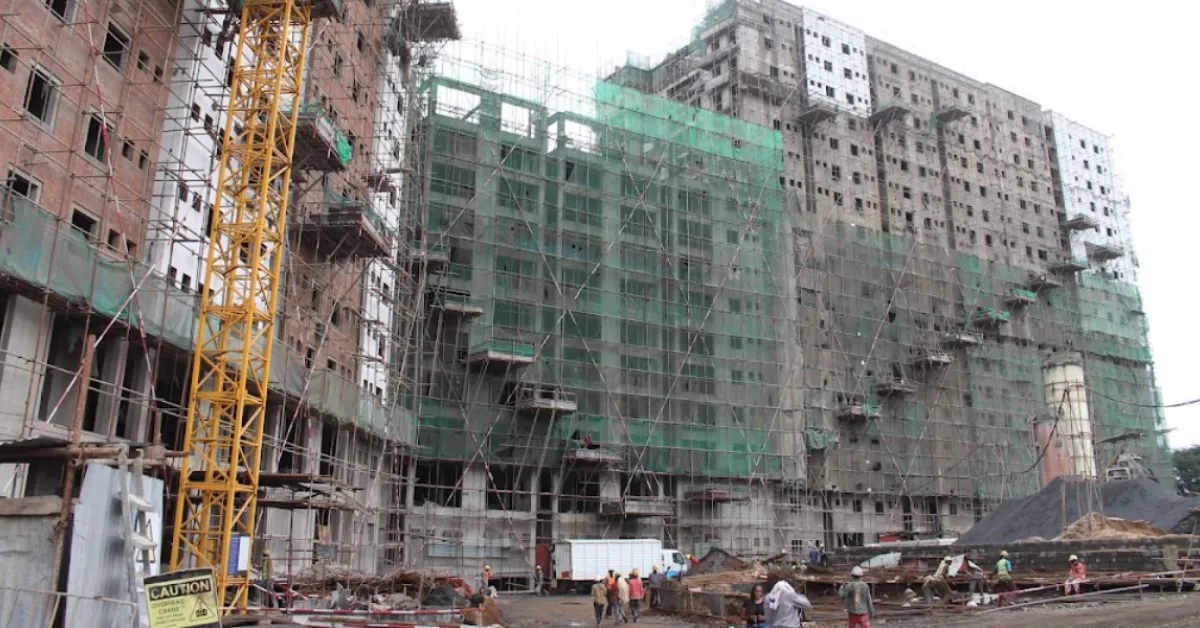
A new study by the Kenya National Bureau of Statistics (KNBS), as part of the Kenya Housing Survey 2023-2024, reveals that flats and apartments constitute a staggering 77.1% of rental properties across Kenya.
Conducted by the National Statistician, this survey provides a comprehensive analysis of current trends in the real estate rental market, encompassing both residential and commercial sectors. The study indicates that three-bedroom flats and apartments account for 23.3% of the rental properties, followed closely by two-bedroom units at 18.1%. Properties with four or more bedrooms, such as larger maisonettes, make up 12.2% of the market.
Key urban areas, particularly Nairobi, Kiambu, and Kajiado counties, are identified as significant hubs for rental housing, with Nairobi’s middle region alone representing 19.6% of available rental units. Meanwhile, coastal counties such as Kwale, Lamu, and Taita Taveta collectively account for less than 3% of the total. The 2023 rental market is characterized by a high level of competitiveness, with 88.8% of rental properties successfully leased.
Rental prices vary considerably, with median rents for one-bedroom bungalows set at Sh15,000, while four-bedroom bungalows can demand up to Sh170,000. Two-bedroom townhouses, notably, command the highest rental rates, averaging Sh120,000 per month. Rental yields also differ markedly by property type: studio apartments and bedsitters yield the lowest returns at 2.2%, while two-bedroom townhouses lead with yields of 8.3%. In the commercial sector, office buildings dominate, constituting over 50% of the market, particularly in urban centres such as Nairobi, Kiambu, Mombasa, and Machakos counties.
The rental prices for office spaces are substantial, reaching Sh11,000 per square foot. Other property categories, including special-purpose and industrial spaces, have lower rental rates, although hotel properties in the hospitality sector are struggling with decreased demand. The survey highlights significant challenges in housing supply data, hindering effective decision-making and policy formulation. Despite the vibrant landscape of Kenya's real estate sector, contributing approximately 8.9% to the nation's GDP, the data gaps persist.
This coincides with an ongoing narrative of a housing deficit of 200,000 units annually, juxtaposed against a construction rate of just 50,000 units per year. The real estate sector has seen remarkable growth, with output increasing by 33.7% from Sh946.7 million in 2019 to Sh1.27 billion in 2023. This growth has been propelled by advancements in infrastructure, urbanization trends, and government initiatives aimed at promoting affordable housing. The sector's real output has also risen significantly, from 6.7% to 7.3% during this period.
Additionally, the survey found that amenities such as parking spaces and domestic servant quarters (DSQ) featured prominently in residential properties, with 73.9% including parking and 22.7% having DSQs. However, six out of ten two-bedroom townhouses were reported to lack designated parking. The tenant behaviour section of the survey raises concerns, revealing that over 600,000 individuals reside in rent-free households without landlord consent, particularly notable in Lamu County, where such cases constitute 19% of the local housing market.
Moreover, 111,089 tenants have reportedly evaded rent payments, which poses legal risks. Nationally, 52.8% of homeowners rely on one-off construction to build their homes, while a mere 2.5% opt for property purchases. Cash savings emerge as the primary financing method for property projects, utilized by 91.4% of homeowners, with loans and mortgages being less common. The survey points out that less than 1% of households secured homes through mortgages, and a troubling 71.8% of tenants lacked written lease agreements, potentially undermining their legal protections and relationships with landlords.


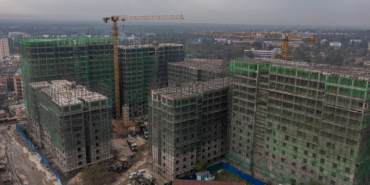

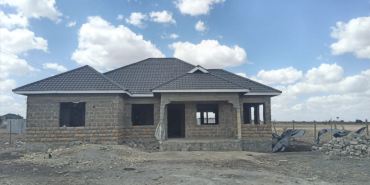
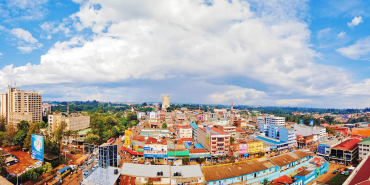
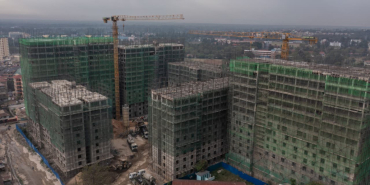
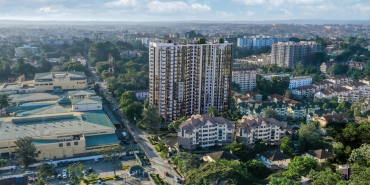






Add new comment